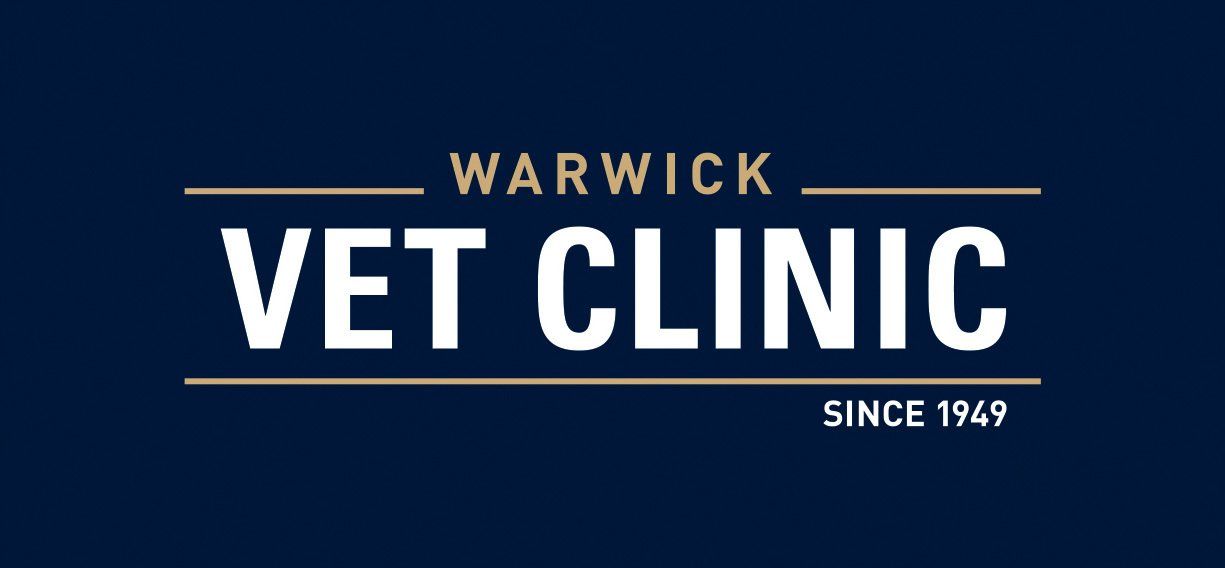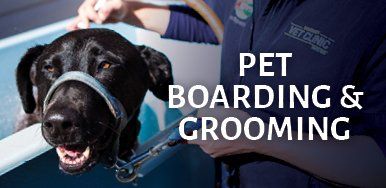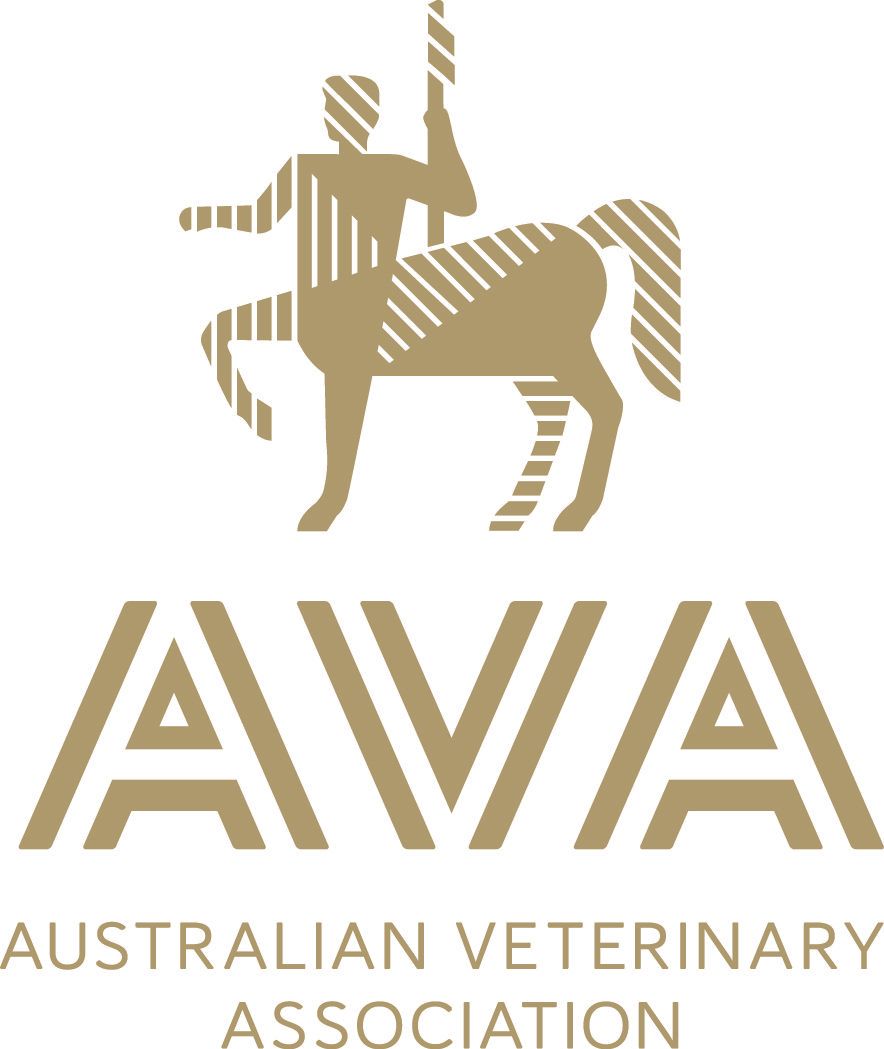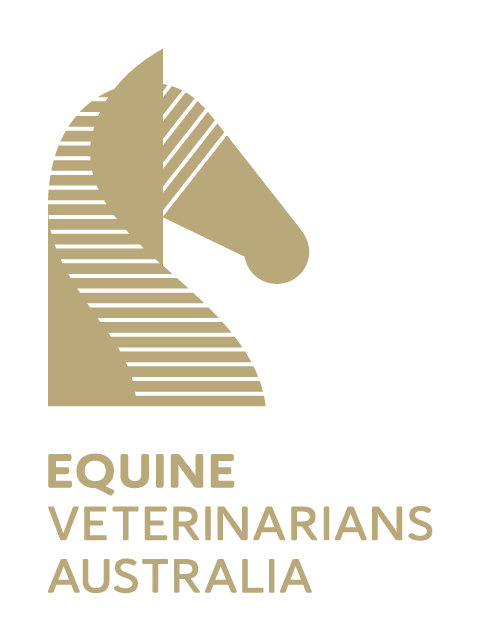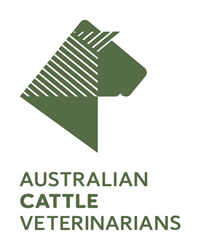BIRDS
While birds are relatively inexpensive to feed, only require a small space, and are beautiful to look at, many bird species live extraordinarily long lives - some living more than 100 years!
Before bringing home your new feathered friend, make sure you consider your lifestyle and living situation in order to choose the most compatible bird for you and your family.
How birds are housed and fed has a tremendous impact on their susceptibility to disease, behaviour problems, and breeding capabilities.
The team at the Warwick Vet Clinic have put together these top tips for keeping your bird happy and healthy.
-
HOUSING YOUR BIRD
Your pet bird’s cage should be a minimum of four times as long, high, and wide as your bird. For every additional bird, the size should increase by at least twenty percent. Be careful of ornamental and decorative cages – birds can become trapped in the crevices between the cages and they may be difficult to clean and sanitise.
The bird cage should be located in an area where temperature remains fairly constant. There is no need to cover a bird’s cage at night unless temperature variation is extreme. It is recommended to place cages in areas where natural lighting and conditions are good for the growth of a houseplant. An area adjoining the kitchen is often ideal for a single bird since the presence of people active in the area may relieve the bird’s boredom.
Bird cages and drinking water should be changed daily. If pelleted food is fed, the food dish should be cleaned daily to every three days. Do not use cat litter on the bottom of the cage – these products are often dusty and might be eaten by the bird. The best cage liner is ordinary newspaper. The best disinfectant is one part household bleach added to twenty parts water.
-
TOXINS FOR BIRDS
Toxic household products can be a threat to birds who enjoy gnawing on the objects around them. Make sure water and food containers are constructed of lead-free ceramics, glass or steel. If you choose to let your bird out of their cage, keep them away from all houseplants as many indoor plants are also toxic to birds.
-
BIRD NUTRITION
Inadequate diet is the most common cause of disease in cage and aviary birds. Birds are very selective in what they eat. They cautiously pick through seed mixes picking out the grains that meet their fancy, based primarily on color size and consistency. This lead to a number of nutritionally-based diseases including obesity, protein, vitamin A, and calcium deficiency disease. When a pelleted diet is used, the birds are forced to eat all the nutrients they need to stay healthy.
-
WING CLIPPING
Birds whose wings have been clipped have fewer accidents in the home than fully flighted pets. Loose, flighted birds are also prone to escape out open doors or windows and may crash into windows and mirrors injuring themselves.
When trimming a bird’s wing, leave the first 4 long feathers (primary feathers) of each wing intact, remove about 10 of the secondary feathers leaving a few secondary feathers intact next to the body. This allows the bird to flap gently to the ground and retains the birds normal silhouette and feather conformation when the wings are folded. Contact the team at the Warwick Vet Clinic if you would like any further advice on wing clipping.
-
BATHING YOUR BIRD
Almost all birds enjoy bathing. This removes excess dander and soil and stimulates preening and a sense of well-being. A shallow ceramic dish or plate makes an ideal bathtub. Baths should be provided a minimum of three times a week. If the birds are reluctant to bath, they can be misted off with a trigger-spray plant-misting bottle available at any home and garden center.
-
COMMON BIRD ILLNESSES
Any change in activity or appearance in a mature cage bird may be a sign of illness.
Some of these changes to look out for are:
- Weight loss
- Change in cropping color or consistency
- Discharges from the eyes, squinting or swelling
- Discharge or change in shape and diameter of the nostrils
- Ruffled Feathers
- Lack of appetite
- Less activity than normal
- Carrying their wings drooped lower on their body
- Blood in the cage or on the bird
- Open mouth breathing and tail bobbing (tail rhythmically going up and down)
- Lumps on the body
- Swollen feet and joints
- Decrease in grooming and preening
- Decreased talking, calling and singing
- Sitting motionless on the floor of the cage
- Falling from the perch or limping or perching on one leg
-
FEATHER LOSS IN BIRDS
Feather loss in birds can be attributed to spontaneous (without plucking), self-induced (plucking) and medical reasons.
Spontaneous and Self-Induced Feather Loss
Feather molting is a normal occurrence in your pet bird. If there are new feathers seen and no visible bare patches or exposed down feathers, the loss is normal.
Feather loss can also be caused by a cage mate, often noted on the back of the head as a result of over-preening. Try separating the two birds and allow the feathers to regrow back.
Medical Feather Loss
Feather loss caused by medical conditions may be attributed to one of the following. Make sure you always consult your vet to determine the reason for feather loss in your pet bird.
- Parasites
- Dermatitis
- Folliculitis
- Metabolic disease – such as kidney disease and liver conditions
- Allergies
- Zinc toxicity
- Malnutrition
- Poor wing clips
CONTACT A CLINIC
For further advice on the health care of your animals, contact the professional team at the Warwick Vet Clinic for a consultation.
CONTACT A CLINIC
We will get back to you as soon as possible.
Please try again later.
HEALTHY ANIMALS ARE HAPPY ANIMALS
The latest animal care information from our experienced veterinarians.
SIGN UP TO OUR NEWSLETTER!
Thank you for signing up to our Newsletter!
Please try again later.
OUR CLINICS
WARWICK VETERINARY CLINIC
Opening Hours
Mon - Fri: 7:30am to 6:00pm
Sat: 8:30am to 12:00pm
Warwick West Vet Clinic
Opening Hours
Tuesday and Wednesday:
8:30am to 5:00pm
ALLORA VETERINARY CLINIC
Opening Hours
Monday - Friday:
8:30am to 5:00pm
CLIFTON VETERINARY CLINIC
Opening Hours
Tuesday, Wednesday and Friday:
9:00am to 4:00pm
Warwick Vet Clinic. Website by dms CREATiVE
